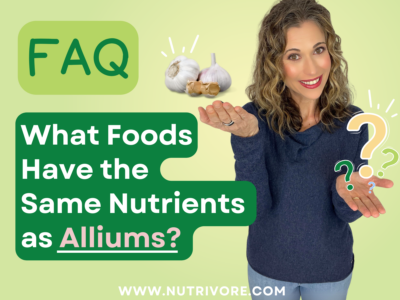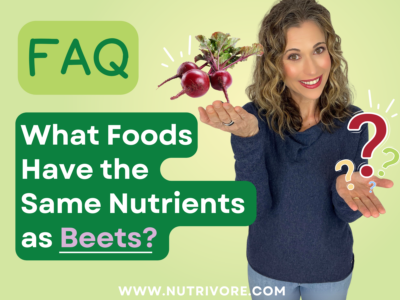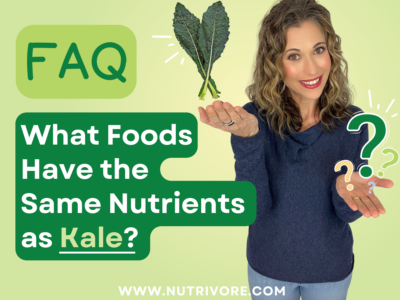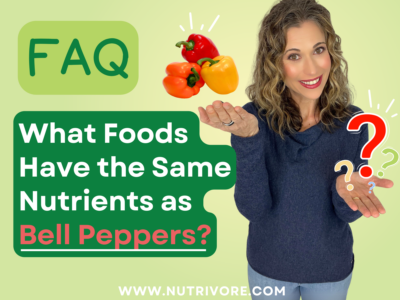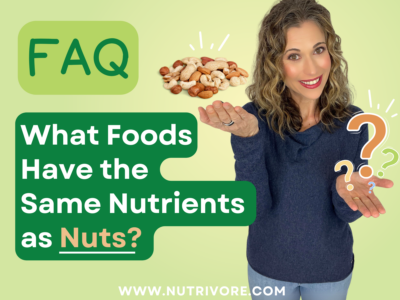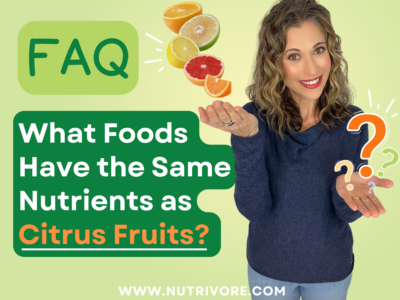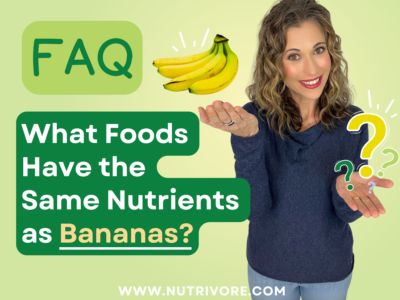What Counts as a Berry?
Like many plant foods, berries have both a botanical definition and a culinary one. From a botanical standpoint, berries include any fruit produced from the ovary of a single flower, containing multiple seeds and fleshy pulp. By that definition, berries include some surprising members (bananas, watermelon, tomatoes, grapes, eggplant, and pumpkin!) while excluding some we’d expect to see on the list (like blackberries, strawberries, and raspberries).
However, most of us are much more familiar with the culinary definition: berries being any small, pulpy fruit with lots of little seeds. Along with being a more intuitive classification, this definition makes berries easier to discuss as a food group with shared nutritional features and health benefits.
Common berries include: blackberries, blueberries, cranberries, huckleberries, raspberries, strawberries, and blackberry-raspberry hybrids such as boysenberries, tayberries, and loganberries.
While these might be the most common berries on store shelves, it’s far from a complete list! There are actually over 400 different species of berries, ranging dramatically in flavor (from super sweet to mouth-puckering tart) and color (yellow, red, purple, white, green, and blue)!
Less common/unique berries include: acai berries, bilberries, cloudberries, elderberries, goji berries, gooseberries, lingonberries, marionberries, mulberries, currants, salal berries, salmonberries, and thimbleberries.
What Nutrients Do Berries Contain?
Berries are well known for their nutrient-density. They tend to be particularly high in vitamin C, beneficial fiber types, manganese, and in some cases vitamin K, all while being fairly low in calories and supplying smaller amounts of many and other vitamins and minerals (including copper, manganese, and vitamin E to name a few). Even more impressive is the array of phytonutrients present in berries. Certain polyphenols (especially anthocyanins) and carotenoids are what give berries their unique colors. These fruits are also a good source of phenolic acids, organic acids (such as citric acid, malic acid, oxalic acid, tartaric acid, and fumaric acid), flavonols, stilbenes, phytosterols (including sitosterol and stigmasterol), and tannins, many of which serve as antioxidants and collectively contribute to their famous health benefits.
Although berries aren’t typically known for their fat content, they actually contain slightly higher amounts than most fruits, due to their abundance of tiny edible seeds! And, this makes them a surprising source of the fat alpha-linolenic acid (ALA), the only truly essential omega-3 fatty acid.
Health Benefits Associated With Berries
Berries are linked with diverse health benefits, including reducing inflammation, lowering cardiovascular disease risk (by lowering total cholesterol levels, LDL “bad” cholesterol, triglycerides, and blood pressure, while increasing HDL “good” cholesterol), helping lower risk of cancer, improve cognition, providing benefits for osteoporosis and type 2 diabetes (improved insulin sensitivity and serum glucose regulation), and improved gut health.
What if I Don’t Like Berries?
If berry seeds creep you out, or you’re allergic to berries, or just plain don’t like them, and you want to know what healthy foods you can eat instead to get the same nutrition, I’ve got you covered!
There’s two things that make berries so beneficial for us – they are a great source of dietary fiber and they are the most concentrated food source of a class of polyphenols called anthocyanins and anthocyanidins.
Anthocyanins and anthocyanidins appear to have anti-inflammatory and neuroprotective effects, could improve glucose tolerance, may reduce the risk of chronic diseases like heart disease and cancer, and may even have pain-relieving properties (due to an affinity for certain “pain-sensation” cell membrane receptors in the brain!). They are responsible for the deep violet, red, blue, and purple hues in fruits and vegetables, except for beets and chard, which get their color from a different class of phytonutrients.
A great substitute for berries includes red, blue, and purple vegetables like red cabbage, radicchio, red lettuce, red kale, purple carrots, purple sweet potatoes, purple radishes, and purple cauliflower. While none of these are as fiber-dense as berries, you can find great sources of fiber in other foods such as seeds like flaxseed and chia, although these might be too similar to berry seeds to make a good substitute for those with a seed aversion. Legumes like lentils, chickpeas, and black beans are also excellent substitutes.
Alternatively, some berries have a different textural experience that you may be okay with, such as cranberries (especially dried) and pomegranates, both of which are also very high in anthocyanins. Pomegranate juice is a good option if you want to avoid seeds altogether. In addition, most other blue, purple, and violet foods will provide similar nutrients, albeit not as concentrated as in berries.
As always, it’s important to remember that you don’t have to eat berries if you don’t want to. Focus on all of the nutrient-dense foods you enjoy, have access to, and can afford and prepare them in a way that you love! There is no one perfect Nutrivore diet—there is a ton of flexibility of food choice that aligns with Nutrivore principles. And, Nutrivore celebrates every small step you take towards consuming a healthy diet. Don’t forget that the diet you follow or don’t follow now does not impact your long-term health, what does is lifelong patterns of healthy eating!
If you’re interested in my thoughts on nutritional swaps for berries, check out my video below and if you want to learn more about berries check out my detailed article here. Looking for other foods rich in the important nutrients found in berries, including dietary fiber and polyphenols? I’ve got you covered! Check out my Top 25 Foods for Every Nutrient E-Book, which highlights top foods for 42 important nutrients.
Food Swaps
If you’re looking for swaps for other foods check out these posts!



